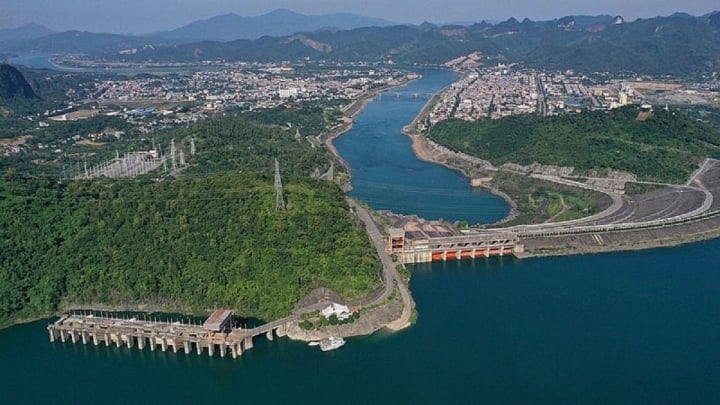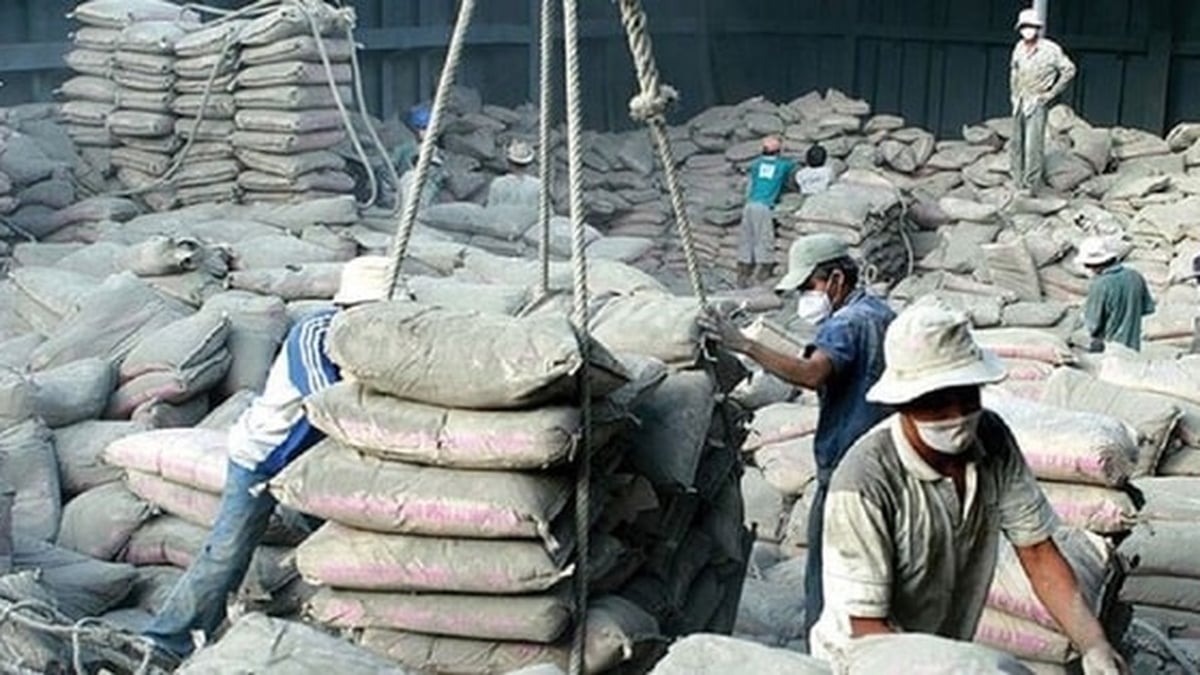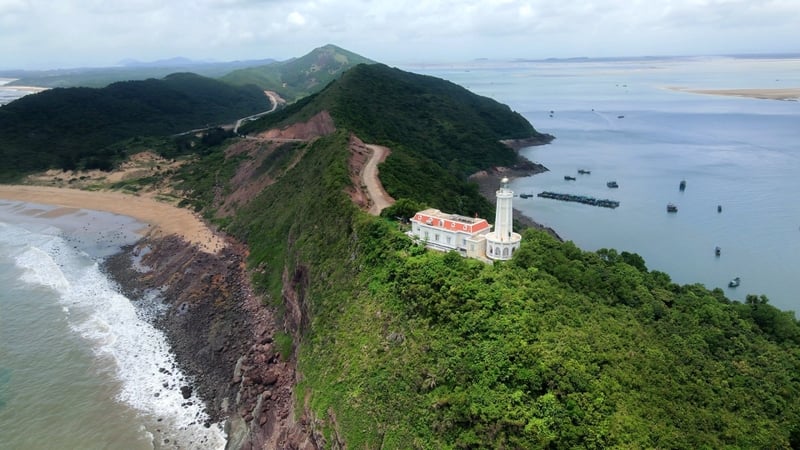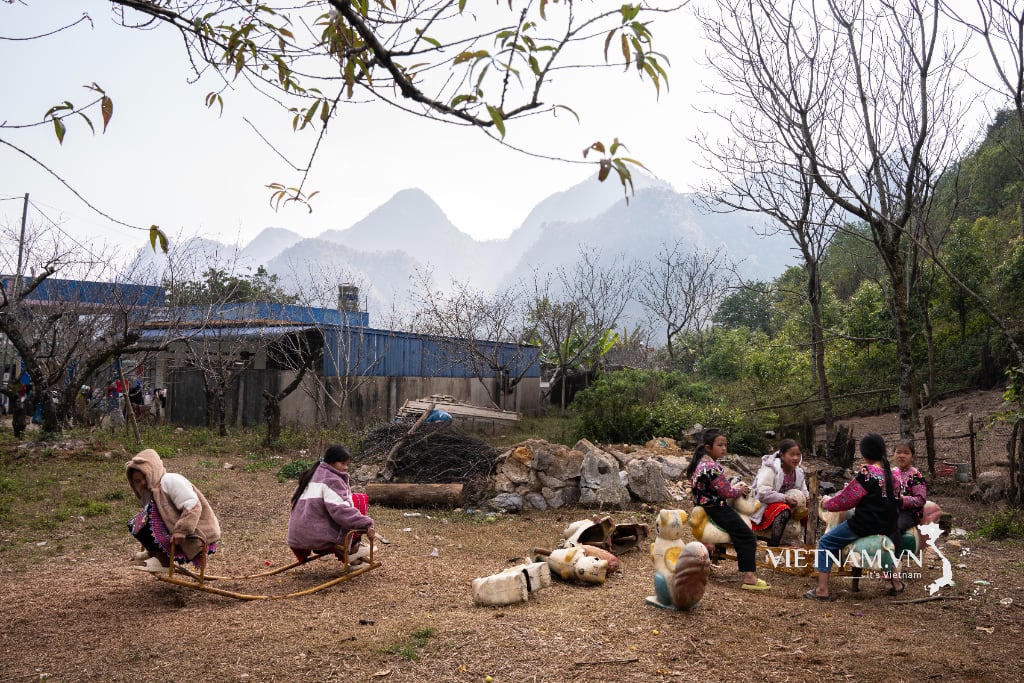On June 26, the water flow to hydroelectric reservoirs in the Northern region increased rapidly, some medium and small reservoirs overflowed freely, and floodwater had to be regulated. However, large reservoirs still had to limit power generation to prepare for the next heat wave.
The amount of water flowing into the northern lakes on the morning of June 26 is as follows: Lai Chau Lake: 452 m3/s; Son La Lake: 1,111 m3/s; Hoa Binh Lake: 611 m3/s; Thac Ba Lake: 85 m3/s; Tuyen Quang Lake: 588 m3/s; Ban Chat Lake: 316 m3/s.

The amount of water flowing into hydroelectric reservoirs in the North has increased rapidly. (Illustration photo: Cong Thuong Newspaper).
Water levels of lakes increased compared to yesterday, lake water levels/dead water levels: Lai Chau Lake: 289.17 m/265 m; Son La Lake: 182.73 m/175 m; Hoa Binh Lake: 102.13 m/80 m; Thac Ba Lake: 47.16 m/46 m; Tuyen Quang Lake: 102.09 m/90 m; Ban Chat Lake: 444.54 m/431 m.
Meanwhile, the amount of water flowing into hydroelectric reservoirs in the North Central and Southeast regions increased slightly, while in the Central Highlands and South Central Coast regions it decreased slightly compared to yesterday. The water levels of the reservoirs are within the minimum water levels according to the operating procedures.
It is forecasted that in the next 24 hours, water flow to lakes in the Northern region will decrease slightly, at a high level; in the North Central, Central Highlands, and Southeast regions, it will increase slightly; in the South Central Coast region, it will decrease slightly, at a low level.
Although the water level in the lakes has increased rapidly in recent times, Vietnam Electricity (EVN) still notes that the North does not have any reserve power capacity, so extreme situations may still occur in the coming time, leading to load adjustments and power cuts. Therefore, saving electricity must be a top priority.
According to data from the National Power System Dispatch Center (A0), on June 25, the system's peak capacity was at 31,025.5 MW, down 8,732 MW compared to June 24.
The total system load on June 25 reached 676.6 million kWh, of which the North was estimated at 314.9 million kWh, the Central region at 72.3 million kWh, and the South at 288.8 million kWh.
The peak power of the power system (Pmax) at 7:00 p.m. reached 31,025.5 MW. However, the peak power of the North - Central - South regions occurred at different times. Specifically, the peak power in the South reached 12,987.4 MW at 1:30 p.m. Meanwhile, the peak power in the North reached 15,153.2 MW at 7:00 p.m., and in the Central region reached 3,663.9 MW at 1:30 p.m.
On June 25, 2023, the total output mobilized from hydropower was about 154.8 million kWh (86.2 million kWh in the North). Coal-fired thermal power mobilized 365 million kWh (226.1 million kWh in the North). Gas turbines mobilized 68.9 million kWh. Renewable energy electricity reached 51 million kWh.
PHAM DUY
Useful
Emotion
Creative
Unique
Source






























![[Photo] National Assembly Chairman attends the seminar "Building and operating an international financial center and recommendations for Vietnam"](https://vphoto.vietnam.vn/thumb/1200x675/vietnam/resource/IMAGE/2025/7/28/76393436936e457db31ec84433289f72)








































































Comment (0)